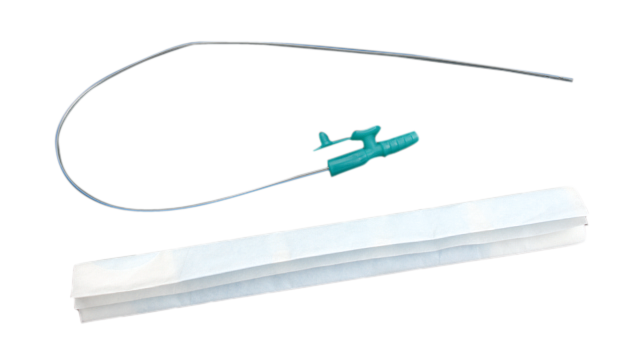
There are a lot of unpleasant things that can happen during surgery, but one of the most dreaded is when a suction catheter slips out of a patient's skin. That's why it's important to use the right PE gloves when handling one.
| Ref. No.: | Description: |
|---|---|
| NMR1026 | with PE gloves |
There are a lot of unpleasant things that can happen during surgery, but one of the most dreaded is when a suction catheter slips out of a patient's skin. That's why it's important to use the right PE gloves when handling one.
A suction catheter is a long, thin tube that is inserted through the mouth and down the throat into the stomach. It is used to remove objects, such as food or stones, from the stomach. Suction is created by a pump that helps draw the object toward the catheter. The catheter also has a glove on one end that helps protect the patient's mouth and throat.
A suction catheter is a thin, flexible tube that is inserted through the side of the ribcage into the chest cavity to remove air from the lungs. The catheter is placed over the left lung and a seal is made with the patient's mouth. Air pressure is then created in the catheter and used to suction out air from the lungs. This process allows doctors to perform procedures such as CPR or ventilation without having to remove the patient's chest plate.
The benefits of using a suction catheter are numerous and include:
- Close proximity to the target area allows for quick and accurate treatment
- Reduced risk of infection due to less exposure to the patient
- Reduced risk of damage to surrounding tissue
There are a few disadvantages to using a suction catheter with gloves. First, the catheter can be more difficult to insert and remove. Additionally, if the gloves come off while the catheter is in use, it can create a vacuum and pull blood flow away from the area being treated. Finally, if the gloves become torn or dirty, they can hinder the effectiveness of the suction.
When using a suction catheter to clean a wound, it is important to use gloves to help prevent the spread of infection. There are several ways to do this:
-Wrap the gloves around your hand or use an extra pair of gloves.
-Put the gloves over the end of the catheter.
-Pull the gloves up over the catheter.
-Make sure that the suction is on and pinch the fingers of one glove together to create a seal.